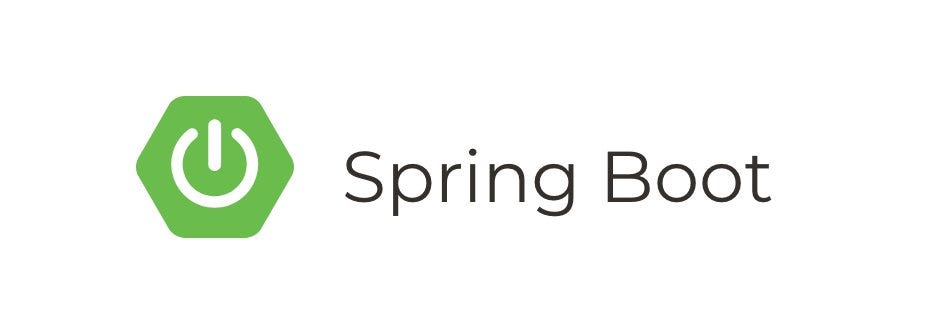In this tutorial, we’ll walk through the process of creating a Spring Boot project using Gradle as the build tool. Whether you’re starting a new project or adding Spring Boot to an existing Gradle project, this tutorial will guide you through the necessary steps to set up your development environment and get your project up and running quickly.
Prerequisites:
- Java Development Kit (JDK) installed (version 8 or later)
- Gradle installed (version 4.0 or later)
- Integrated Development Environment (IDE) – Optional, but recommended (e.g., IntelliJ IDEA, Eclipse)
Step 1: Create a new Spring Boot project
You can use the Spring Initializr to generate a basic Spring Boot project with Gradle. Visit https://start.spring.io/, select your project details, and choose ‘Gradle’ as the build tool. Download the generated project zip file and extract it to your preferred location.
Step 2: Import the project into your IDE
If you are using an IDE, import the project. In IntelliJ IDEA, you can do this by selecting File -> Open and choosing the project folder.
Step 3: Project Structure
The generated project structure should look something like this:
your-project-name
|-- src
| |-- main
| |-- java
| | `-- com
| | `-- example
| | `-- YourApplication.java
| `-- resources
| `-- application.properties
|-- build.gradle
`-- settings.gradleStep 4: Build.gradle Configuration
Open the build.gradle file in your project and add dependencies. For a basic Spring Boot application, you can add the following:
This configuration includes the Spring Boot Starter Web dependency for building a web application.
Step 5: Create a Simple Controller
Open the YourApplication.java file in the com.example package and create a simple controller:
Step 6: Run the Application
Run your Spring Boot application using Gradle. Open a terminal and navigate to your project directory, then run:
./gradlew bootRunOr on Windows:
gradlew bootRunVisit http://localhost:8080/api/hello in your web browser to see the greeting message.
Congratulations! You’ve created a simple Spring Boot application using Gradle. You can now expand on this foundation by adding more controllers, services, and features to meet your application requirements.

